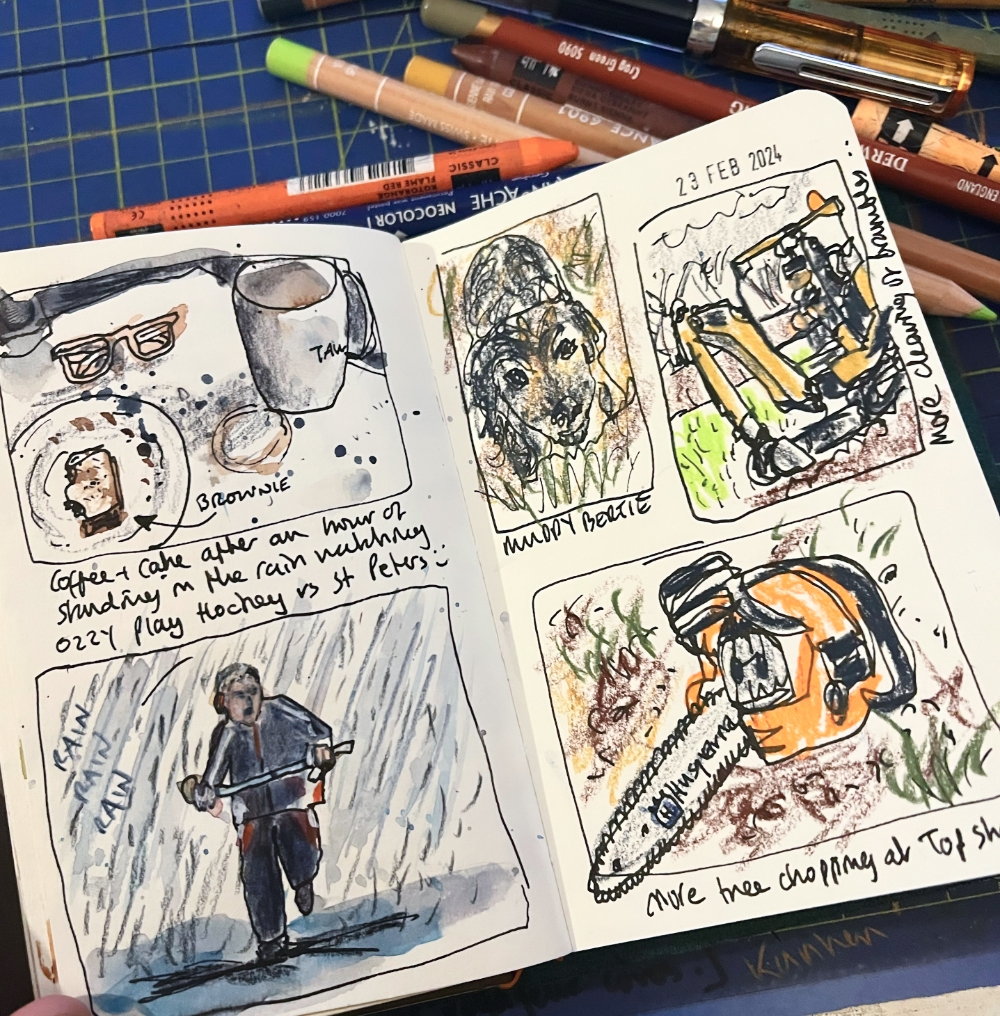Sketching is more than just putting pen to paper; it’s a creative process that allows us to express our ideas, emotions, and observations visually. Whether you’re an aspiring artist or someone looking to enhance their sketching skills, there’s always room for improvement. In this article, we’ll explore some effective techniques and strategies to help you elevate your sketching habit.
1. Practice Regularly:
An obvious one, but probably the most important! Like any skill, practice is key to improvement. Set aside dedicated time each day or week to sketch. Whether it’s a quick doodle during your lunch break or a longer session in the evening, consistency is crucial. Regular practice helps build muscle memory, improves hand-eye coordination, and enhances overall drawing skills. A top tip is to add a sketching habit into an already formed habit – like sketching on your daily walk, sketching in the evening on the sofa while watching TV, a quick sketch while you wait for your morning kettle to boil… before you know it you will have a made it a habit that will just fit into your day.

2. Experiment with Different Techniques:
Don’t be afraid to experiment with various sketching techniques and mediums. Try using different types of pencils (e.g., graphite, charcoal), pens, markers, watercolour, gouache… Each medium has its unique characteristics and challenges, so exploring different options can help you find what works best for you. The more you explore these mediums, the more you will start to uncover what your personal preferences and style is.

3. Break Things Down into Shapes:
When sketching complex subjects, it can be helpful to break them down into basic shapes. Start by blocking out the overall form with simple geometric shapes like circles, squares, and triangles. Then gradually refine the details as you progress. This approach makes it easier to establish proportions and get the basic structure of your sketch right before adding finer details. I love doing this by laying down colour first for the main shapes, then adding line over the top – it creates a nice loose feel, but doesn’t feel as stressful as you already have the basic shapes in place!
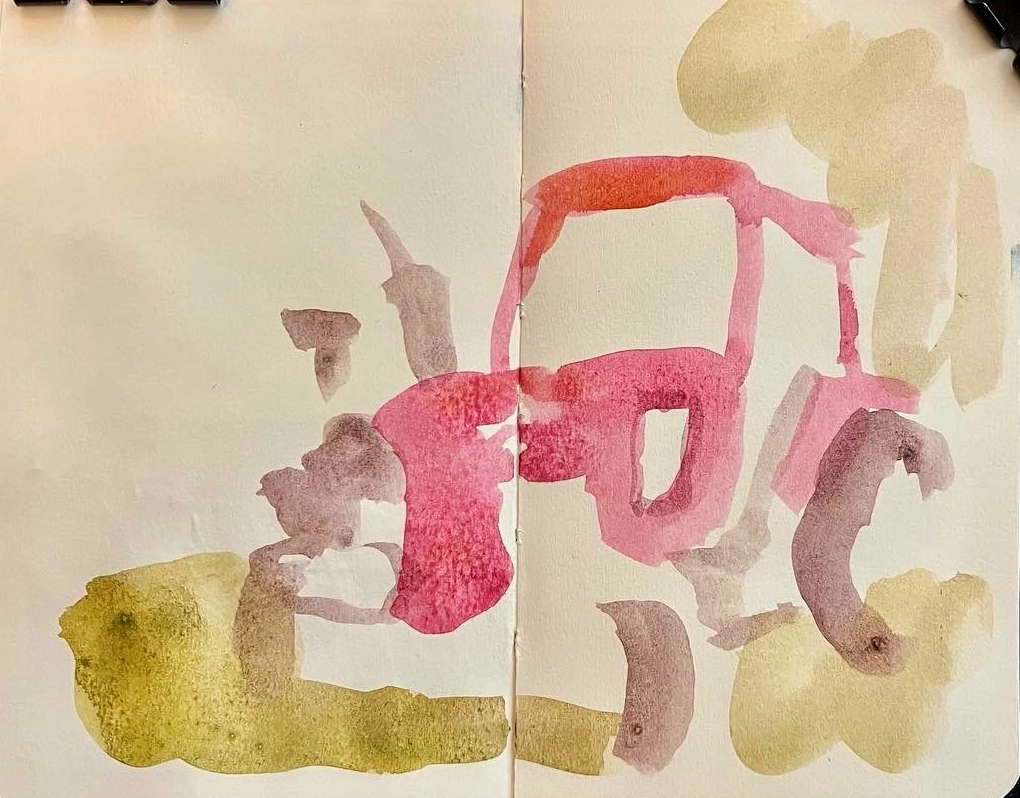

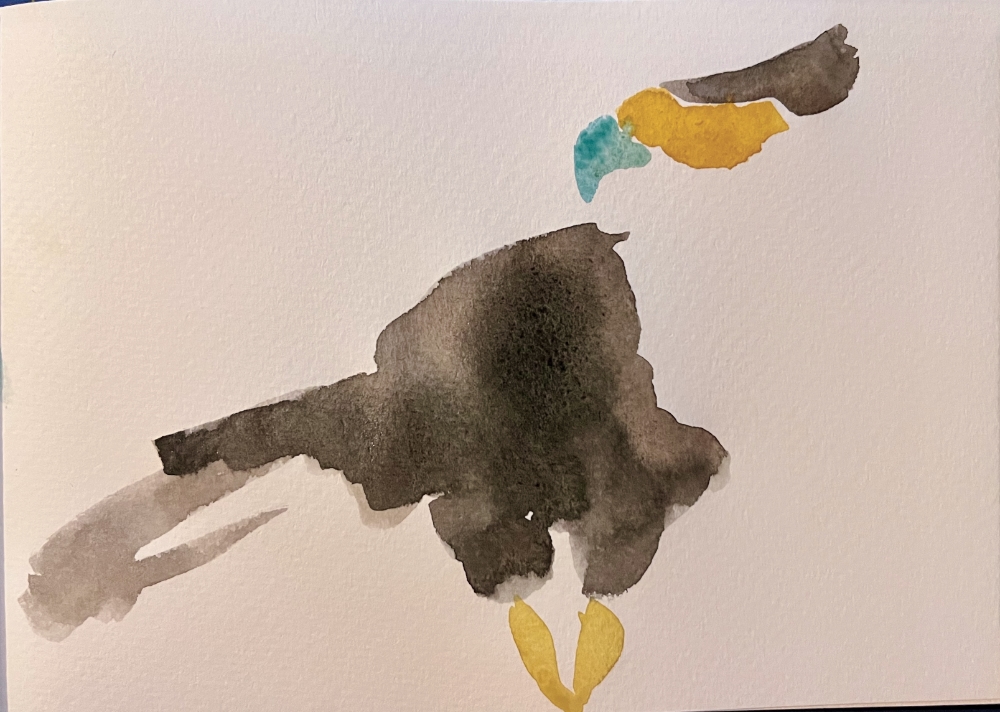
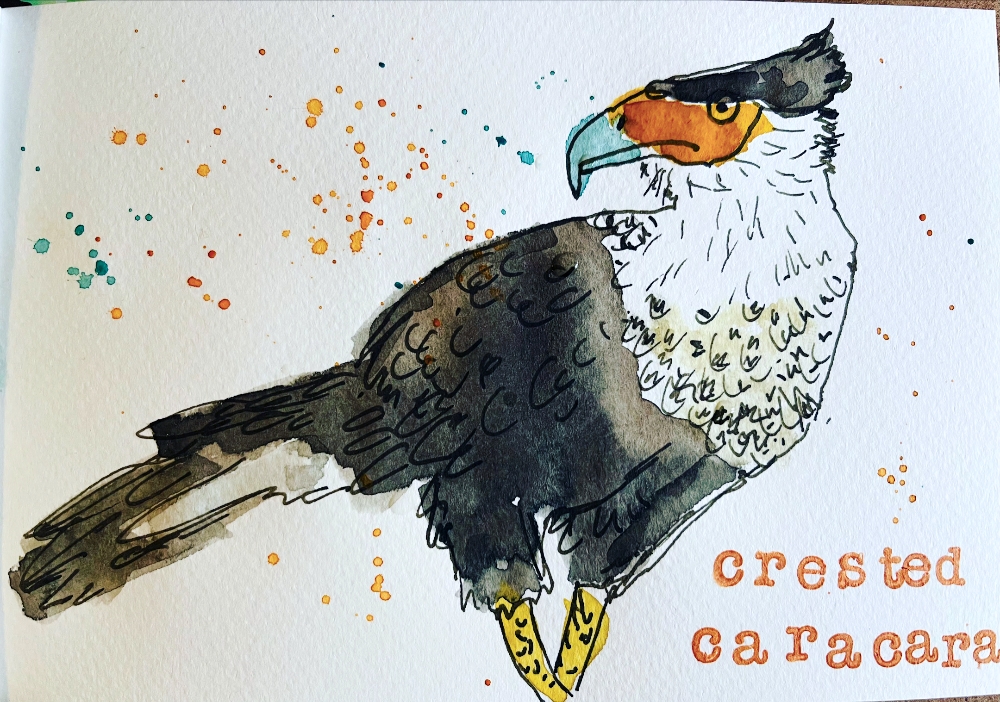
4. Perspective and Composition:
Having an understanding perspective and composition can be important for creating dynamic and visually appealing sketches. Learning about different types of perspective (e.g., one-point, two-point, three-point) and how they influence the way objects appear in space can be useful, but don’t feel like you have to study this in great detail or replicate a scene perfectly. Often drawings and paintings with no perspective can have a lovely illustrative feel, and it is nice to break the rules! Sketching the outlines of things as you see them, will also overcome the need to fret about perspective – just draw what you see!
Composition techniques such as leading lines, rule of thirds, and framing can really create more compelling sketches too – a great place to look for inspiration is in magazines and books, as well as artist you admire from history, and artists you follow on instagram – observe pictures and question what you like about them – how does the composition help the image? Start looking at images and really thinking about why something works, or doesn’t work – how can you use this in your work?

5. Join Online Sketching Challenges
I have joined in on a few sketching challenges, and blogged about them here – participating in sketching challenges can be an excellent way to enhance your sketching skills. These challenges often provide a structured framework, such as daily prompts or themes, encouraging consistent practice and exploration of different subjects and styles. Challenges will often push you out of your comfort zone, encouraging experimentation with new techniques, perspectives, and mediums. As a bonus, the communal aspect of these challenges fosters a supportive environment where you can share work, receive feedback, and learn from others. Through regular participation, you’ll really build confidence in your abilities.
My sister and I have started a brand new Bi Monthly challenge, which you can subscribe to on our Substack – it would be great to have you join in!
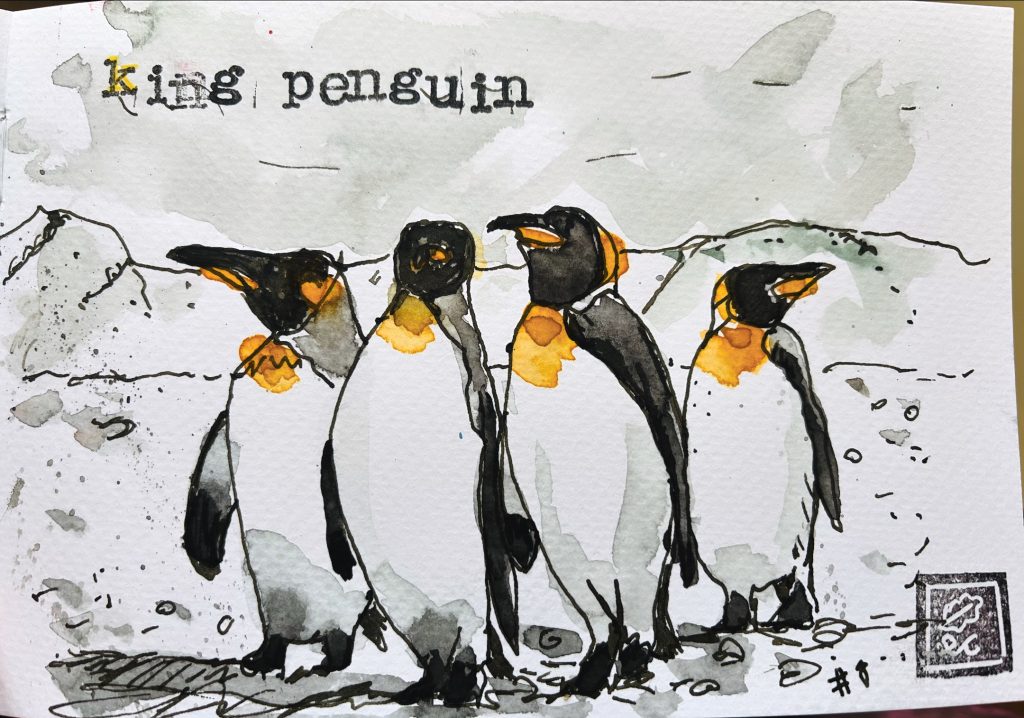
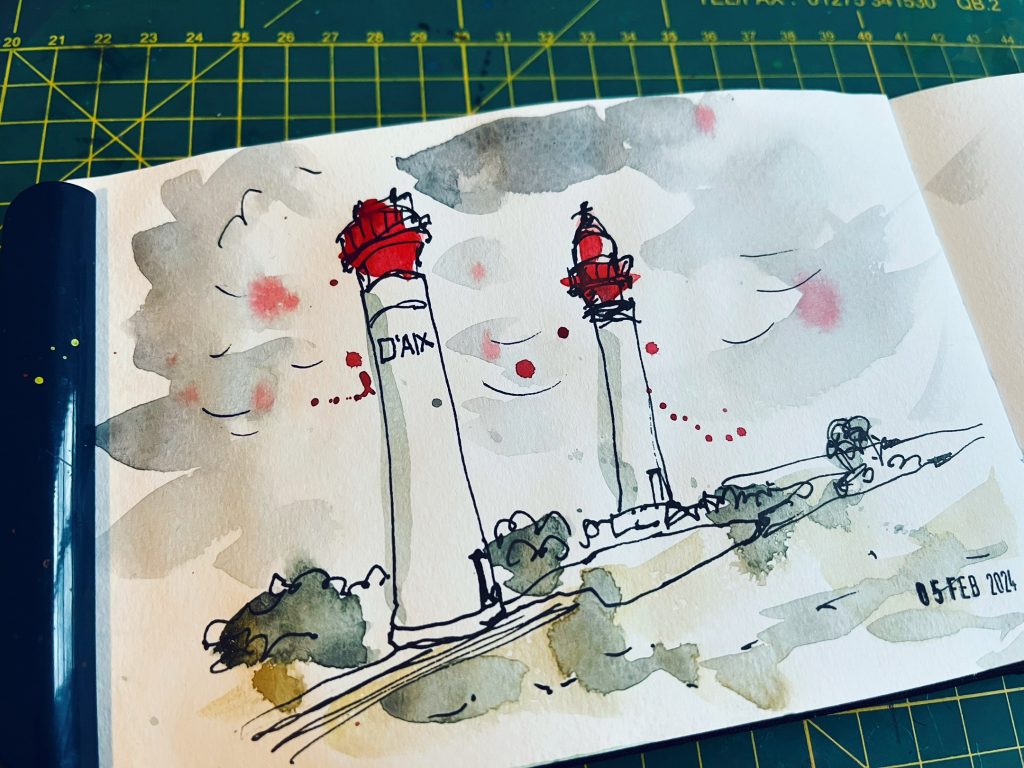
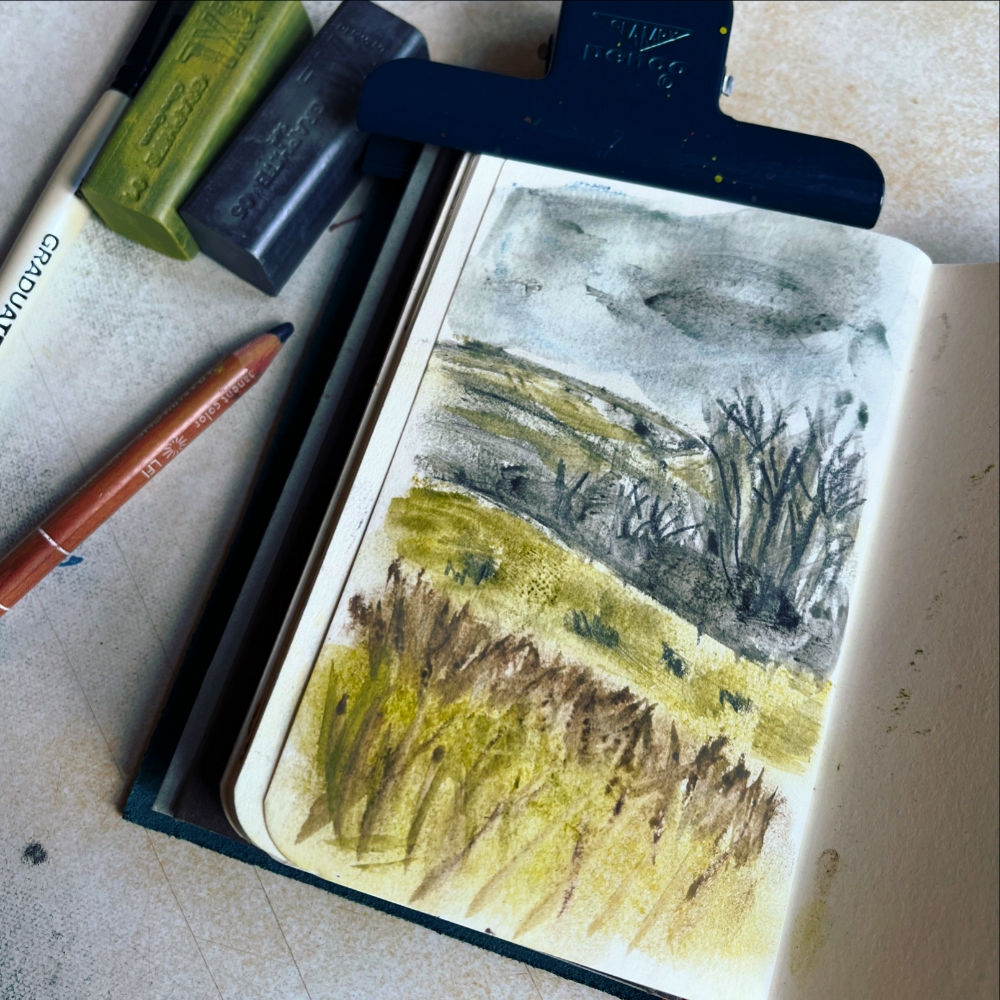
6. Draw from Observation:
Last, but definitely not least – one of the best ways to improve your sketching abilities is by drawing from observation. Take the time to study real-life subjects and scenes, whether it’s a still life arrangement, a landscape, or people in motion. Pay attention to details like light and shadow, texture, and perspective. Drawing from observation not only helps improve your technical skills but also trains your eye to see things more critically and analytically. You will also be sketching from your own life, and this is a wonderful thing to be capturing in your sketchbook!

Improving at sketching is a journey that requires dedication, practice, and a willingness to learn. By incorporating these tips into your routine and approaching sketching with curiosity and an open mind, you’ll be well on your way to reaching your goals. Remember, every sketch you create is an opportunity to grow and evolve as an artist, and the process is really more important than the outcome – so keep experimenting, exploring, and pushing your boundaries.
Let me know if have any tips to share 🙂
Happy sketching!
